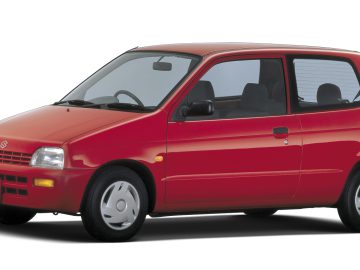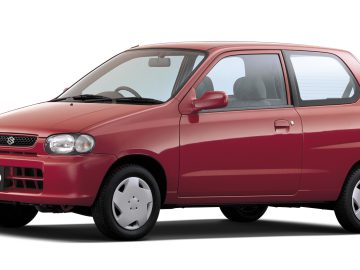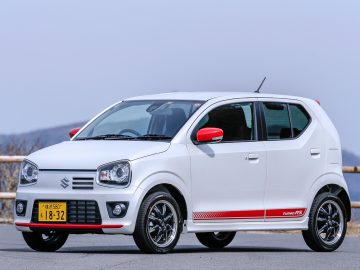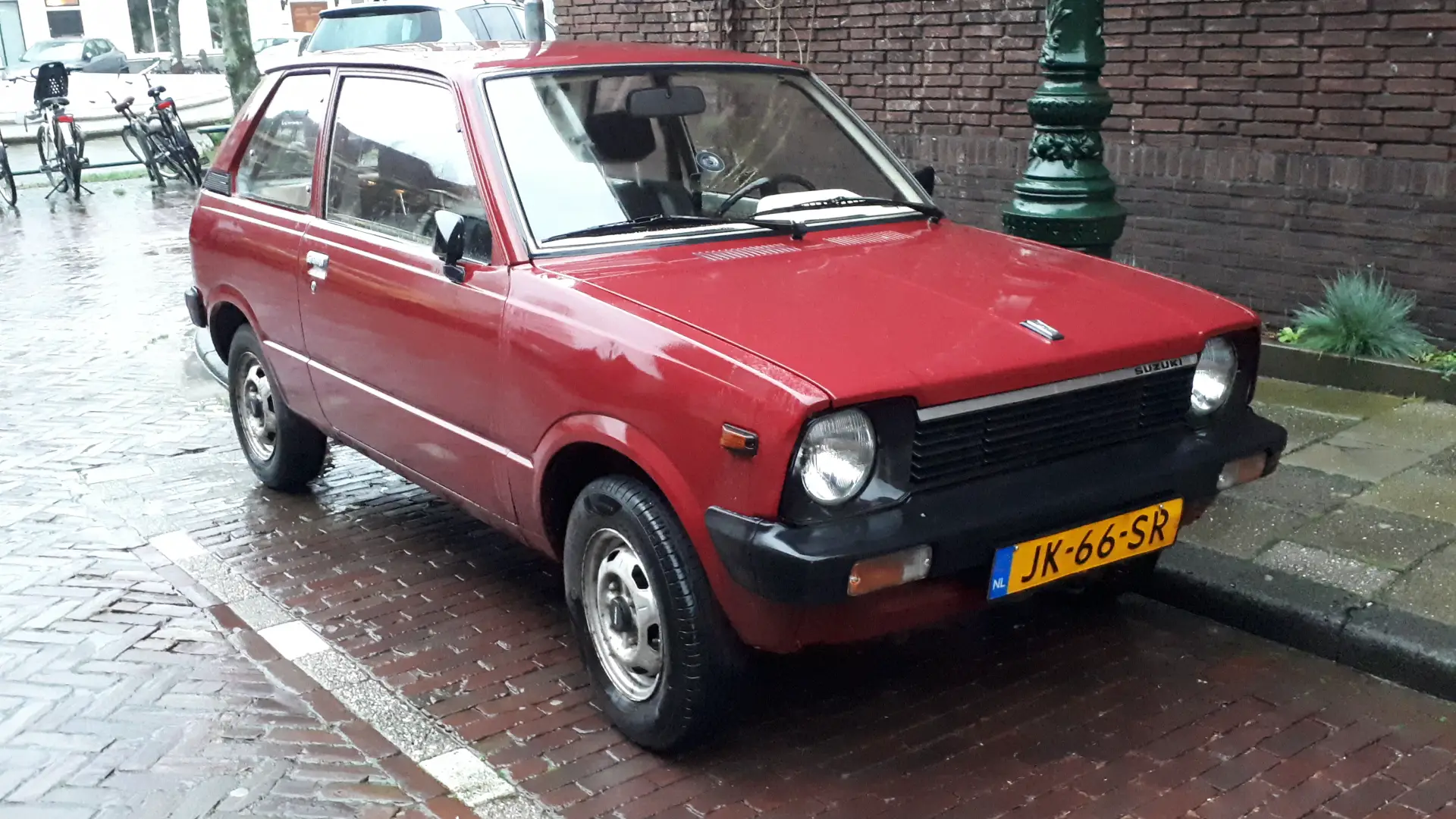Spotted: an early Suzuki Alto
The spotted specimen
In Leiden, we saw this 1983 original Dutch Suzuki Alto. The little car has only been with its current owner since November, suggesting it is in the hands of an enthusiast. Who else will buy a nearly forty-year-old town car? Nice that there are also enthusiasts who keep these types of use cars running, rather than just the calibrated vintage cars. Although the rain may disguise any dull paint and discolored plastics, this particular one also looks very clean to the eye. The interior seemed almost new.
Still, there are apparently quite a few Alto enthusiasts in the Netherlands, because according to the license plate register, there are still over 200 Suzuki Alto’s of this first generation on Dutch license plates. To our surprise actually, because by now it had been a long time since we encountered one “in the wild. That while an Alto is also another typical use car that is not easily considered worth preserving for posterity. All the nicer that so many apparently survived after all.
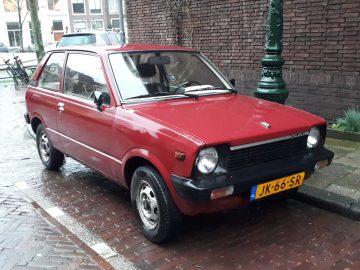
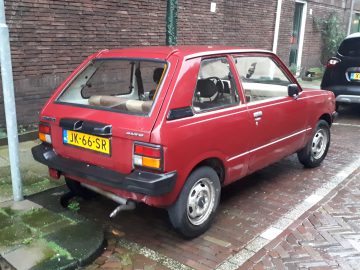
The first Suzuki Alto
The Suzuki Alto entered the market in 1979 as a three- and five-door hatchback and was an instant hit in many countries. Also here in the Netherlands. Indeed, the little car offered solid yet very affordable transportation. In 1981, for example, the Alto was available starting at 4,537 euros (we have not found Dutch prices of the first years). In Japan, the little car even cost only about 2,000 euros converted, although if anything, the base version there was even a lot barer than ours. Either way, it’s a world of difference from what you have topay at least for a brand new car these days….

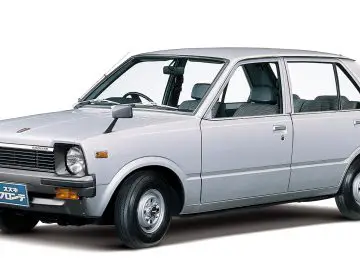
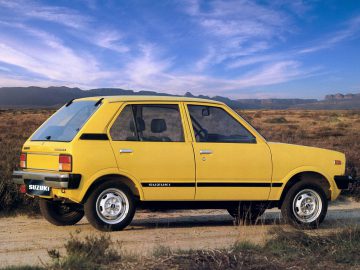
To be or not to be a Suzuki Alto?
Did you know that the cars we know as Suzuki Alto are not actually Suzuki Alto’s at all? This first generation, for example, is actually a Suzuki Fronte. That’s a line of kei cars that has its origins in 1962. The Fronte also came in Japan in extra bare van trim. That model was called Alto. Although it was a van version, it still had side windows and a (folding) rear seat. For export markets, the Fronte was called Alto regardless of the version. Hence.
The same was true for the second generation, which appeared in 1984. However, there were now more equipment levels bearing the Alto name in Japan. There were even sport versions in the form of the Suzuki Alto Turbo and Alto Works RS-R!
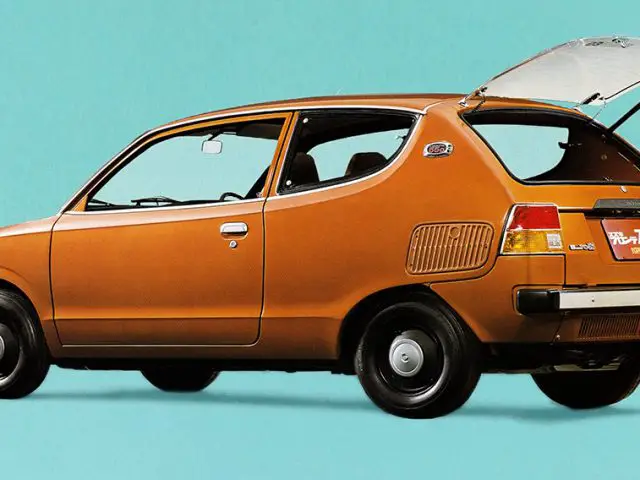
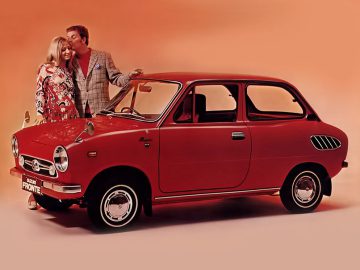

No Suzuki Alto for Europe. Or is it?
From the third generation on, things were different. First, the name Alto proved much more popular than Fronte, so all versions were henceforth called Alto. Moreover, the Alto was henceforth only available in Japan (although we in Europe still had rebadged variant Daewoo Tico). Indeed, a need arose outside Japan for city cars that were just a little bigger than kei cars.
Therefore, for export markets, instead of the Japanese Suzuki Alto, the Indian Maruti Suzuki Zen was used. In 2000, that model was succeeded by the Maruti Suzuki Alto. So the third-generation Suzuki Alto’s known to us and beyond, are not Japanese, but Indian Suzuki’s. In some model generations, the Indian Alto did closely resemble the Japanese, but the Indian was just a bit larger.
Outside Japan, the Suzuki Alto was succeeded by the Celerio, actually also an Indian model. In Japan, the Alto model line will continue as usual, with the introduction of the current generation in 2021. In this article, we take a closer look at the different generations of the Suzuki Alto.

